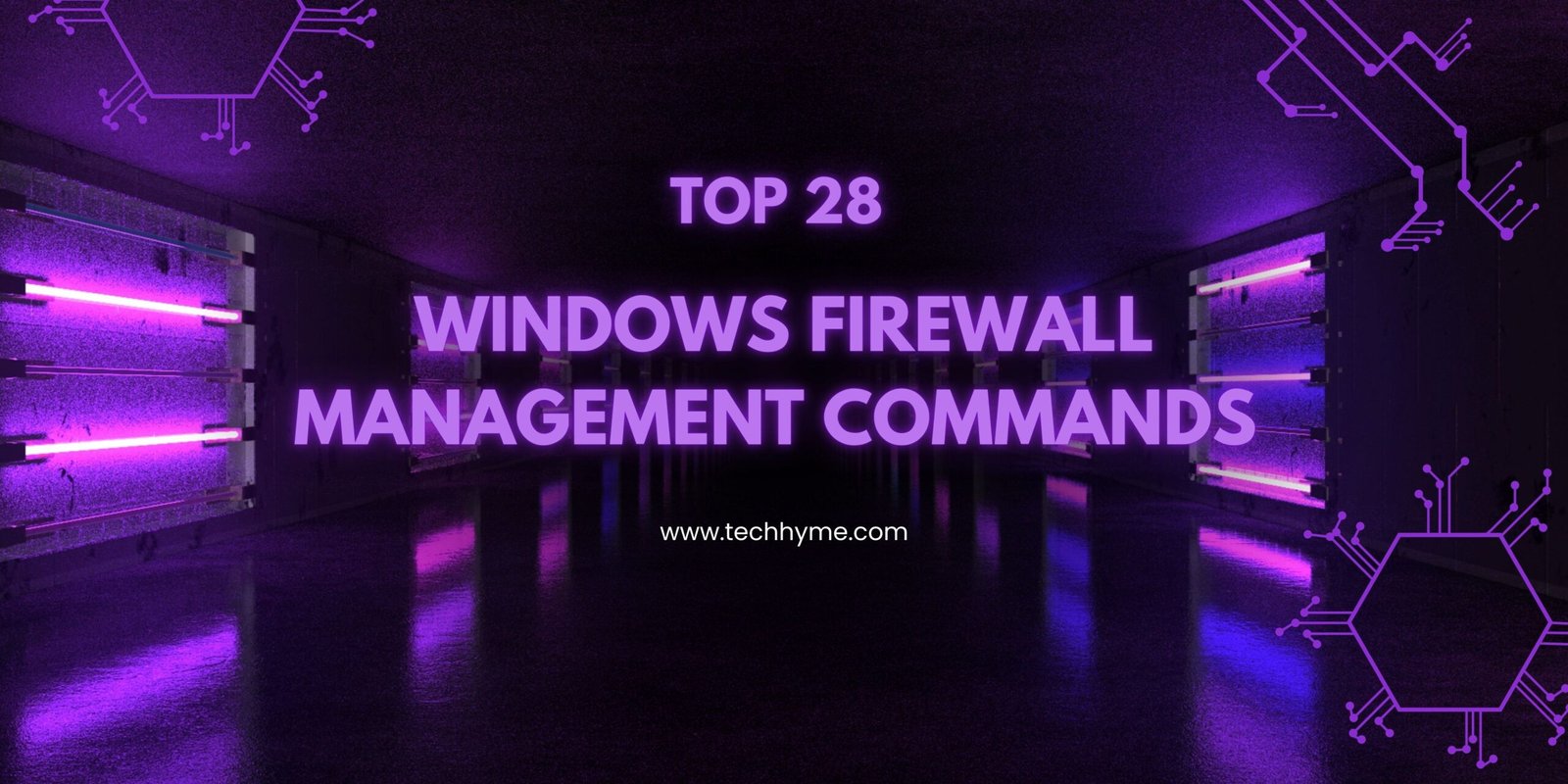
In the realm of modern technology and data analysis, the effective management of logs is of paramount importance for businesses and organizations. Logs serve as a crucial repository of information, capturing various activities, events, and actions occurring within a system or network. To make sense of this vast amount of data, a structured and well-defined Logs Data Dictionary is essential.
In this article, we will delve into the key components of a Logs Data Dictionary, elucidating the significance of each field and its role in understanding the log entries.
- EventName: This field represents an external code utilized for SIEM (Security Information and Event Management) integration. It is a unique identifier for each record type, making it easier to classify and categorize events effectively.
- StartTime: The Start Time denotes the date and time when a particular activity occurred. This timestamp provides crucial chronological information about the events recorded in the log.
- SessionDate: Similar to the Start Time, the Session Date captures the date and time when a session was initiated, providing context to activities performed during that session.
- SessionLastActivityDate: This field corresponds to the date and time when the last activity took place within a session. It helps in understanding the duration of a session and whether any critical actions occurred towards the end.
- SessionID: A Session ID is a unique identifier assigned to each session. It enables the tracking and correlation of activities performed during the same session.
- OS (Operating System): The OS field records the operating system on which the activity or event occurred, such as Windows or Unix. This information is valuable for troubleshooting and identifying OS-specific issues.
- EventTime: Similar to Start Time, Event Time represents the date and time when a specific event was recorded in the log.
- ServerName: ServerName refers to the hostname of the server where the activity or event took place. It aids in pinpointing the origin of an event within a network.
- DomainName: This field contains the domain name of the user associated with the event, providing insights into the user’s organizational affiliation.
- LoginName: The Login Name signifies the username of the user who ran the session during which the activity occurred. It usually includes the domain (e.g., host\administrator).
- UserName: UserName serves as a secondary identification field, allowing the configuration of additional user identification within the session.
- Client Name: The Client Name denotes the name of the client computer from which the activity originated. It helps in identifying the source of the action.
- ClientAddress: This field holds the IP address of the client computer from which the activity occurred. It is useful for tracking the geographic location of the client and detecting suspicious activities from specific IPs.
- ApplicationName: ApplicationName represents the name of the application that was running when the event was recorded. It aids in understanding which software or service was involved in the event.
- AlertTime: The AlertTime records the timestamp when an alert was triggered or occurred.
- AlertSeverity: This field indicates the severity level of the alert, usually represented as a numerical value (e.g., High=8, Medium=6, Low=4).
- AlertRuleName: AlertRuleName is a unique name that describes the specific rule responsible for triggering the alert. It helps in understanding the cause of the alert.
- AlertID: The AlertID is a unique identifier assigned to each alert, facilitating easy referencing and retrieval of detailed information about the alert.
- Alert Details URL: This field provides a link to the activity alert images or additional details related to the alert.
- Alert Details: The Alert Details field contains information about the actions or events that led to the triggering of the alert. It provides crucial context to understand the alert better.
- ProcessName: ProcessName represents the name of the process that was running during the event.
- EventTypeCode: EventTypeCode serves as a unique code that identifies a specific event type. It aids in classifying and categorizing different events for analysis.
- SystemEventName: SystemEventName is the name given to the event that occurred. It provides a human-readable description of the event type.
- EventDesc: The EventDesc field contains a detailed description of the event, shedding light on the specific activity that took place.
- EventSource: EventSource indicates the source from which the event was triggered. For instance, it could be related to identity theft or a notification service.
- EventCategory: EventCategory represents the category to which the event belongs. It helps in grouping similar events together, such as Login events or Health Check events.
- Component: The Component field denotes the specific component or part of the system where the event was reported. Examples include Agent, Application Server, etc.
- ComponentName: ComponentName contains the name of the component involved in the event, offering more detailed information about the affected system part.
- ComponentTypeName: ComponentTypeName refers to the type of component involved, such as Agent, Rule Engine Service, Notification Service, Web Console, etc.
- AuditTime: AuditTime records the timestamp when an audit entry was created, providing insights into the timing of record creation.
- LoginStatus: LoginStatus indicates whether the user login attempt was successful or if it failed.
- LoginStatusDescription: This field provides a description of the reason for a failed login attempt, offering insights into potential login issues.
- Action: Finally, the Action field indicates the specific action that was performed on the configured item. It could include actions like “Changed,” “Removed,” or “Added,” among others.
In conclusion, a Logs Data Dictionary serves as a vital tool for comprehending the vast amount of data contained in log entries. Each field plays a significant role in providing context, categorization, and understanding of the events and activities recorded in logs. With the aid of such a dictionary, analysts, IT professionals, and security teams can efficiently manage and extract meaningful insights from logs, enhancing system security, troubleshooting, and overall performance.
By maintaining an organized and well-defined Logs Data Dictionary, organizations can unlock the potential of their log data, leading to better decision-making, enhanced cybersecurity, and more robust IT infrastructure overall.








